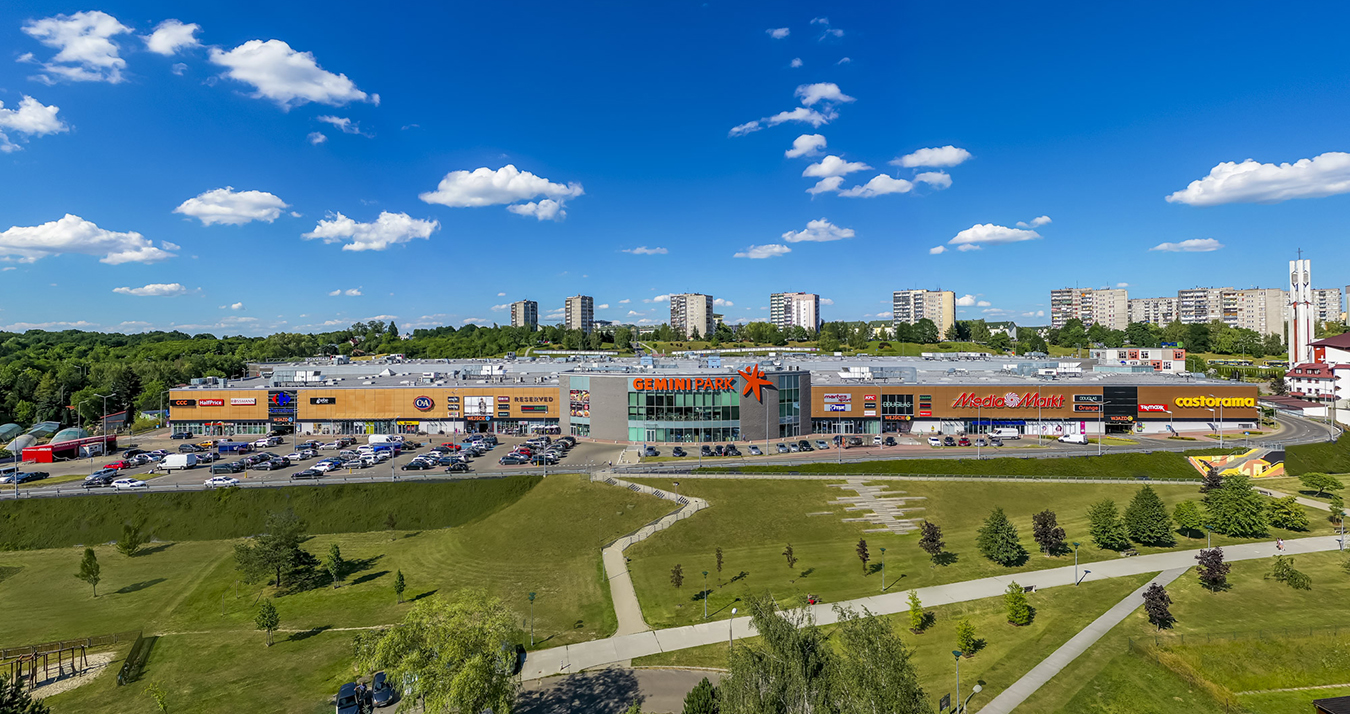

The pandemic and the complicated global situation have shown us that the retail industry must not only keep pace with trends but even surpass them, offering customers unconventional solutions that combine high technology with quality client experience. Predictions about the end of physical shopping have not come true, and the vision that all trade will move to the internet is definitely receding. E-commerce purchases have consistently accounted for 10-11% of total sales for years, with a noticeable decline in the last months of 2021 to about 8-9%[2]. Changes in shopping habits, global digitization, and the representation of many consumer generations on the market at the same time mean that the concept of “phygital” – a blend of physical and digital experiences – is now coming to the fore.
Most major players are already focusing on omnichannel, offering a variety of shopping paths and combining physical stores with online tools. However, phygital is primarily about flexibility in thinking about the entire process of acquiring products and services. Current statistics show that the ROPO effect (Research Online, Purchase Offline) is back to the level of 2018. According to data from the Polish Council of Shopping Centers’ “Omni-commerce – I Shop Conveniently” report from 2022, as many as 63% of respondents emphasize that information found online encourages them to visit physical stores (compared to 39% of respondents in 2021)[3].
The importance of gallery spaces as places for sensory experiences, building relationships with brands, and personalized advice is growing. Therefore, both the quality of service in the store and product presentation become key elements of the user experience. Online access allows customers to make an initial selection and gain market insight, while physical visits to the gallery verify the gathered information and select the most advantageous solution. For most of us, the ability to physically touch the product, be inspired by the rich offer, try on items, or talk to store consultants is still an essential part of the decision-making process. Increasingly important in the evaluation of shopping spaces is their distance from the place of residence and a rich tenant-mix, which ensures diversity and comprehensiveness of the offer. Buyers are also increasingly looking for comfortable one-stop shopping. Customers care about making the best choices and completing all their shopping as quickly as possible in the shortest time.
An important aspect to consider is the return of the social function of malls as places for meetings and spending leisure time. After the lockdown period in 2022, we observe a stable increase in turnover in the gastronomic segment and an increase in visitation rates. Although up to 40% of people in market research indicate the importance of price in purchasing decisions (compared to 25-30% in previous years), consumers do not give up and do not plan to stop visiting shopping malls[4].
With the tightening of environmental regulations, one of the significant topics for the retail industry in the coming years will be the development of Environmental, Social, and Governance (ESG) strategies. Adapting to EU directives on reducing carbon dioxide emissions is an eco-priority for shopping centers in the coming years. This involves obtaining the appropriate certifications and modifying the gallery space but also procedural changes, employee training, and implementing appropriate practices. A positive shopping experience is the result of many elements, including those not noticeable to customers on a daily basis, such as proper planning and architectural organization of the entire facility, environmentally friendly and people-friendly technical solutions, and flexibility in changing arrangements according to current needs and cooperation with tenants.
Data from the Polish Council of Shopping Centers shows that there are currently about 560 shopping centers and retail parks in Poland with an area of over 5000 sq. m. Most of them are approaching or will soon exceed 20 years of operation. Therefore, many property owners are facing significant decisions regarding necessary modernizations, reconstructions, or expansions to extend their functions and adapt the facilities to prevailing trends and expectations. The dynamics of recent years mean that these decisions often have to be made quickly and not always in favorable market circumstances. A shopping mall today is a very complex ecosystem combining a variety of functions and interests. Competitive advantage will be gained by those entities that skillfully focus on locality and proximity to customers using innovative tools.
[1] PRCH Retail Research Forum, Report II half of 2022, p. 11.
[2] PRCH Retail Research Forum, Report II half of 2022, p. 8.
[3] PRCH Retail Research Forum, Report II half of 2022, p. 8.
[4] PRCH Retail Research Forum, Report II half of 2022, p. 7.


